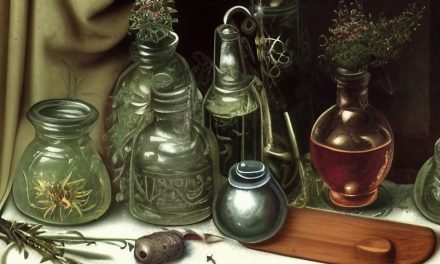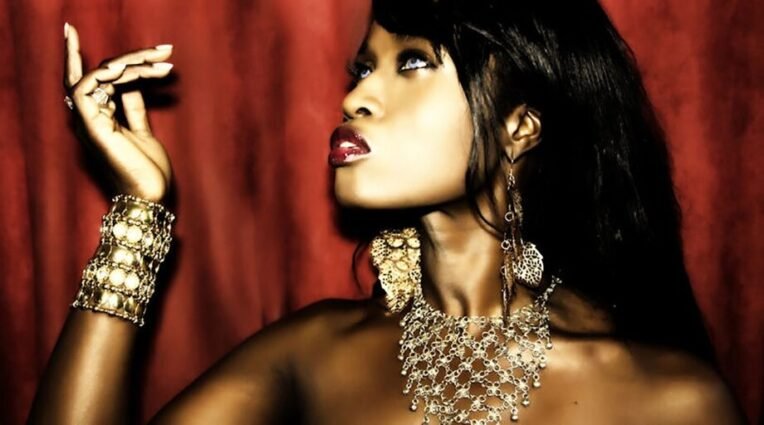Halloween is an annual holiday that falls on October 31. This tradition originates with the ancient Celts and a festival called Samhain (pronounced sow-in), when bonfires were lit and participants wore costumes to fend off ghosts. The Celtic tribes, who lived around 2,000 years ago in what is now Ireland, the United Kingdom, and northern France, celebrated the new year on November 1.
Where Did Halloween Come From?
This day was associated with human death. It marked the end to summer and harvest. According to Celtic beliefs, the boundary between the living world and the one where the dead dwelled was exceptionally thin, like a translucent curtain, on October 31, the night preceding the new year. It was this night that ghosts of the dead could visit the Earth.
Pope Gregory III, the eighth century pope, designated November 1 as a day to honor all saints. Soon, All Saints’ Day included some of the Samhain traditions. This evening was later called All Hallows Eve and then Halloween. Halloween has evolved to include activities such as trick-or-treating and carving jack-o’-lanterns. Festive gatherings are held, costumes are worn, and treats are shared.
A Witch Spell on Halloween
Although Halloween has been influenced by friction between Christianity and pagan traditions, one event brought together Halloween and witches. King James VI set sail to rescue Anne of Denmark in 1589. The king’s ship was hit by storms on its return journey to Scotland. Many believed that the disturbances were caused by witches.
They concluded that the Devil had visited North Berwick in 1590 on Halloween and ordered a group of witches to recite spells and throw a cat into water, which would lead to the king’s death during the storm. The clever plan can only be confirmed by the “confessions” of the many people who were antagonized until they confessed to working with the Devil. Over 100 people were eventually arrested. Hundreds or possibly thousands more would follow suit and be put to death for witchcraft.





